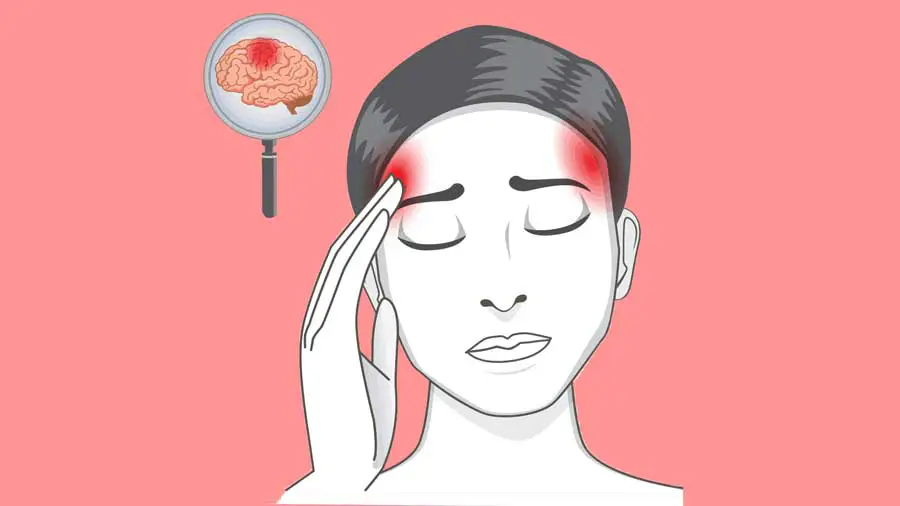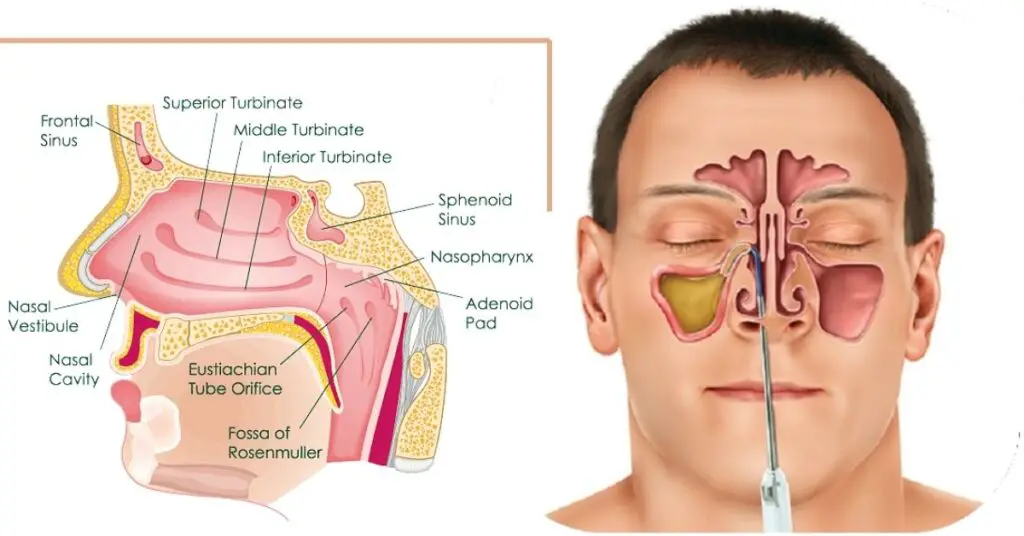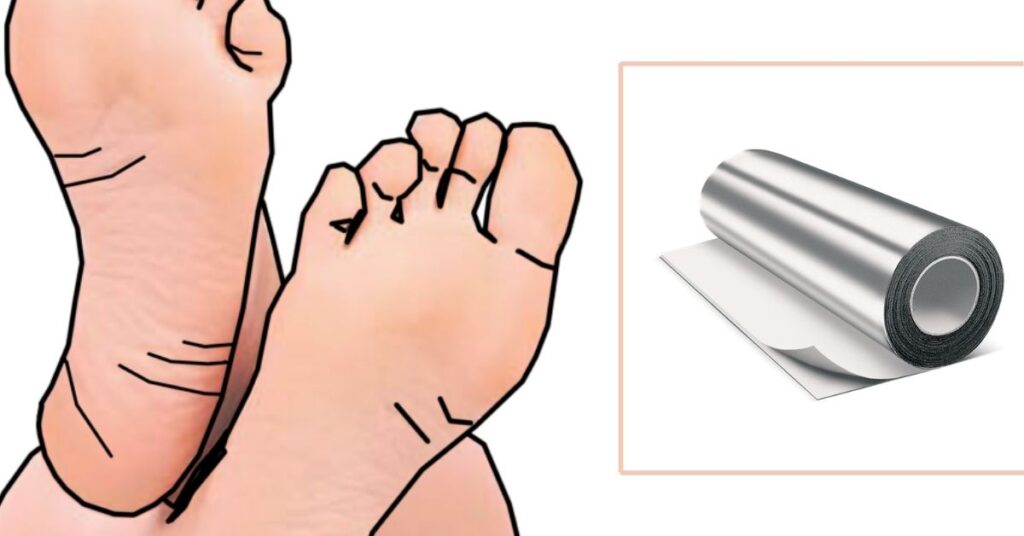A stroke occurs when the blood supply to the brain is cut off suddenly. Every 40 seconds, someone in the United States has a stroke, which is the leading cause of disability. Many strokes are avoidable, and many can be treated. However, you must act quickly by calling 911 for emergency medical assistance.
The sooner a stroke is treated, the more effective it is. The sooner that a stroke is treated, the better the chances of survival and avoiding long-term disability.
That’s why is of paramount importance to be able to recognize the earliest signs of stroke and all the necessary steps that needed to be taken to get the right care as sooner as possible.
Symptoms of a stroke
Symptoms of a stroke usually appear suddenly. While not everyone will experience the same symptoms, some of the most frequent early indicators of a stroke are:
- Face, arm, or leg numbness, weakness, or paralysis – particularly on one side of the body (such as one side drooping chееk)
- Confusion, not understanding everything your friend is saying, trouble expressing with words (slurring of speech and a hard time naming the correct words), or you may be having difficulties comprehending what others are saying.
- Have difficulties seeing (seeing a double, or blackened vision)
- Unbalanced walking, dizziness, and loss of coordination
- Sudden severe headache with no apparent cause, which may include nausea, dizziness…
The difference between stroke symptoms in women and men
The symptoms of a stroke in males and females are usually identical. Women’s symptoms are sometimes more subtle, which means they may be missed or disregarded more frequently.
Pregnancy, birth control pills or hormone therapy, higher rates of migraine, and irregular heartbeat are all individual factors that raise the risk of stroke in women.
General tiredness or weakness, headache, amnesia, and vomiting are some of the additional warning signs for women.
How to tell if someone is having a stroke
The acronym B.E.F.A.S.T. might be of assistance in recalling the symptoms of a stroke.
B – Balancing problems
E – Eyesight problems
F – Face drooping
A – Arm weakness
S – Speech difficulty
T – Time to call 911
It is of paramount importance to call 911 immediately if you are with someone who has one or many of these early signs. Once more, receiving the appropriate treatment as soon as possible is essential for obtaining therapies that can help repair stroke damage.
Get the stroke treatment you require when you need it most
Don’t put things off when you or a loved one is experiencing something unusual, or if there’s anything wrong. The sooner you seek appropriate treatment, the better your results will be – especially if it is a stroke.
If you’re having stroke symptoms, don’t try to drive yourself to the hospital; instead, contact 911 or have someone in your party call for you.
A stroke may be traumatic. However, bear in mind that if you act quickly, there are strong therapies and rehabilitation choices available to help you continue with your routine.







